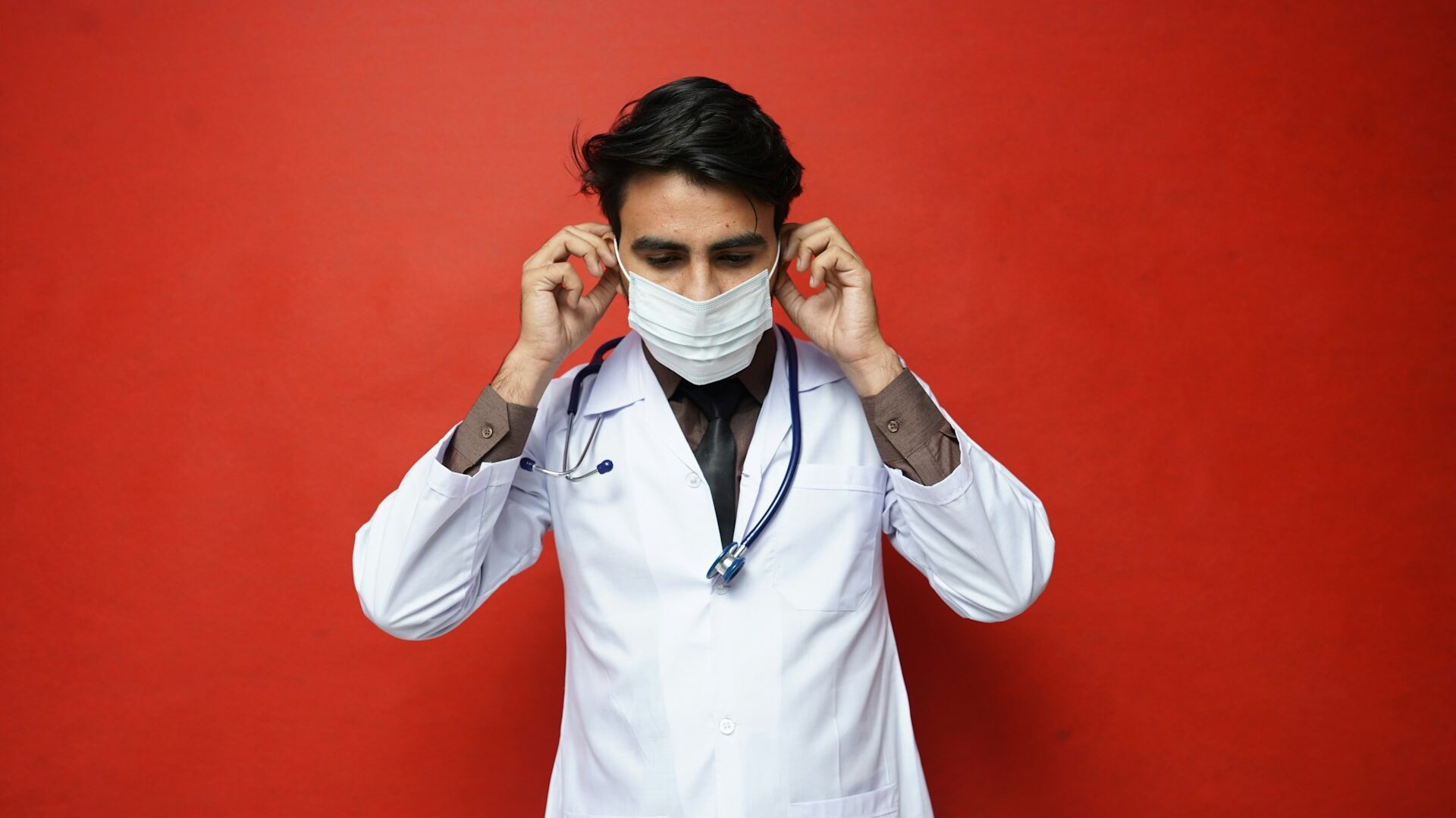The pathogen can cause listeriosis, a serious illness that is even deadlier than salmonella infection, if it enters the human body. For this reason, it is necessary to have knowledge of the main signs of listeriosis in order to get medical attention faster. Listeriosis is uncommon. However, it can cause very serious complications, including meningitis. This bacterium can be especially dangerous for pregnant women and those with weakened immune systems.
Continue reading about how it is most commonly spread and the characteristic symptoms. Discover how doctors diagnose and treat Listeria infection.

Listeria monocytogenes is ubiquitous in the environment. The bacterium is present in soil, water, sewage, plants, and animals. Infection can occur through contact with the excretions and secretions of an infected animal.
A food route is the most common way for an infection. Contaminated dairy products, like unpasteurized milk or cheese, can often contain a breeding ground of Listeria. A frozen dessert such as ice cream can also possibly contain listeria bacteria.
Animal products are a major source of the Listeria bacteria. It can be in raw, frozen, or uncooked meat or fish because it is resistant to different temperatures. Listeria infection is primarily due to improper pasteurization of meat. However, the bacteria happily thrive in processed fast food as well.
The same goes for vegetables and fruits. If uncooked or frozen products are infected with Listeria microorganisms, they can harbor a life threatening health risk for humans. Nevertheless, the potential for Listeria monocytogenes contamination from vegetables is much lower than it is from dairy or meat.
Listeriosis is sometimes a silent infection. It can be asymptomatic, and then patients are not aware that they are carriers of this bacterium. However, an invasive type can develop, particularly in people with low immunity. Symptoms of Listeria infection can start within hours to days after eating contaminated food. Find out which symptoms patients with listeriosis present to physicians.

The physiological reflex is crucial during acute poisoning and in other circumstances. It provides protection against toxic substances and chemicals that have been consumed. Eating food infected with Listeria leads to abdominal pains, nausea, and vomiting.
Another digestive system symptom caused by the listeria infection is diarrhea, lasting 1-3 days. However, the symptoms may not develop in those with robust immunity. Diarrhea can occur as acute, watery, or loose stools, often accompanied by other symptoms such as abdominal pain or nausea. Diarrhea lasting several days can lead to dehydration, which can cause other symptoms such as dry mouth, weakness, and dizziness. It is therefore important to replenish fluids and electrolytes quickly and consult a doctor in case of prolonged diarrhea.
The condition is also painful and restricts movement. Muscle and joint pain are common among patients. The pain is typically deep and achy and may occur in many different body areas. Such pain may also cause fatigue in general. The severe form of the disease can also cause an inflammatory condition of the heart muscle or the organs of other muscles. That is why such symptoms are essential. Muscle pain associated with other signs of infection would need medical attention; if not treated well, it would lead to complications. Treatment of listeriosis also includes the application of medications for proper pain relief.
Some patients easily develop fever with chills, which are common symptoms of listeriosis. When combined with other symptoms, this may be a crucial sign for doctors. It tends to happen following gastrointestinal ailments like diarrhea.
Light sensitivity can occur in those with weakened immune systems. The sensitivity manifests itself as discomfort or pain in the eyes after even the least intense sunlight exposure.
Diagnosing listeriosis can be based on clinical signs. However, Listeria bacteria are harder to identify when symptoms are non-specific. Therefore, when listeriosis is suspected, several tests are made to confirm or deny it. Doctors use some methods to recognize the presence of bacteria in the organism.
For example, a simple blood test is one of the bases. Cultures of blood smear to isolate and confirm the infection. Serological tests and PCR methods, which are not only considered very specific but also capable of confirming the disease in the early stage, are used to detect the existence of Listeria genetic material.
Stool tests may be ordered if someone has GI symptoms and there is reason to suspect an infection from other bacteria or viruses. These tests are also carried out for newborns if there is a suspicion that the infection has penetrated the body through the placenta or during labor through the birth canal.
Vaginal secretions or placental fluid also may be tested for Listeria bacteria in pregnant women. What's more, in some individuals, CSF can be obtained in the case of complications occurring with neurological symptoms.

Listeria bacteria are combated with antibiotics. There are several kinds of medications used, and a doctor chooses one. Since antibiotics kill bacteria, they do their job well. Listeriosis is, in most cases, mild and self-limiting within a few days. However, the disease can become serious in some cases, particularly among people with weakened immune systems. Fatal cases have also been reported. This makes it all the more important to prevent such things from happening.
There are a number of precautions you can take to decrease the chances of getting a Listeria infection. These are especially true for groups considered higher risk, including pregnant women. Keeping oneself clean is very important, particularly while eating and preparing food. Do not eat raw meat and fish. It is better to cook it properly. Cooking through baking, frying, or boiling for a long time kills the bacteria. Also, the risk can be lower by washing and cooking vegetables and fruit before eating them.
Proper food storage is another critical piece of the puzzle. Most people have refrigerators and freezers in which they store meat products. Listeria poisoning is often attributed to insufficient cooling. Thus, the temperature of food preservation should be the focus. Food stored at temperatures under 5 °C will significantly reduce the risk, although Listeria has some cold resistance. Avoid stockpiling products as much as possible, particularly those prone to bacteria. Organize the stock according to the expiry shelf life and consume it well before the expiry date.
The treatment of listeriosis usually consists of adequate antibiotics and will usually lead to a complete cure. However, in serious cases, it can also cause other, more severe problems. Meningitis is one common outcome of serious listeriosis. It happens when microbes get into cerebrospinal fluid and results in impaired consciousness and seizures, among other symptoms.
Untreated listeriosis can also cause inflammation in other areas of the body, including the lungs, heart, and sinuses. In very serious situations, these infections may cause sepsis, which may develop into a deadly condition. Listeriosis infection can also lead to infertility. In pregnant women, Listeria can cause complications such as miscarriage and stillbirth.
Listeriosis is an uncommon infectious illness. The bacterium is Listeria monocytogenes. Transmission episodes of the disease are most widely diagnosed due to the intake of infected food like unpasteurised milk, meat products, and more. Listeriosis ranges from mild to potentially severe, causing high-stakes complications like meningitis or sepsis, and is especially dangerous in risk groups such as pregnant women. Diagnosing the bacteria requires a lab test, and treatment is mostly antibiotics. The outcome of listeriosis is strikingly dependent on the individual's health, along with the swiftness and efficiency of treatment. Avoid infection by practicing good hygiene and storing your food correctly.

Table of Contents